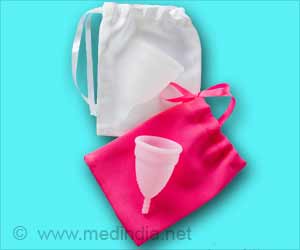Study says embryos derived from oocytes (eggs) cryopreserved by the vitrification method are just as likely to produce an on-going pregnancy as those involving fresh oocytes

The scientists carried out a randomised clinical trial involving 600 recipients of either freshly-harvested oocytes or those preserved by the vitrification method, where oocytes are flash-frozen after the extraction of water, hence avoiding ice formation. Analysis of the results found that the on-going pregnancy rate in women who had received vitrified oocytes was 43.7% as opposed to 41.7% in the fresh oocyte group. The proportion of top-quality embryos was similar between the two groups, and there was also no difference in age or other demographic characteristics and the incidence of male factor infertility.
"Because we were able to show that there were no differences between the two groups before embryo implantation," said Dr. Cobo, "we can be certain that the on-going pregnancy rates in both groups were not influenced by any factor other than the method of oocyte preservation. Although there has been considerable circumstantial evidence that cryopreservation by the vitrification method produces results as good as those with freshly-harvested oocytes, until this trial there was still a lack of large randomly-controlled studies in the field."
The researchers say that their results will have a significant effect on the practice of egg-banking in the future. "Many patients will be able to benefit," said Dr. Cobo. "For example, there are cancer patients who will be able to preserve their fertility before undergoing treatment that can make them sterile, patients who would be at risk of ovarian hyperstimulation, and those where a semen sample is not immediately available."
Once an egg donor is recruited and screened she undergoes ovarian stimulation to produce a number of oocytes, which are then retrieved. The oocytes then need to be fertilised by the sperm of the male partner of the recipient and the best embryos thus produced are placed in the uterus of the recipient, whose uterine lining has been previously prepared to be ready to receive the embryo.
When using fresh oocytes, the need for synchronisation of all these procedures is paramount, but not always possible. Egg banking precludes the need to synchronise these timings, which can also be the cause of long delays.
Advertisement
The scientists now intend to continue their research by following up the progress of babies born after oocyte vitrification. "We need to ascertain that there are no adverse effects on children conceived from cryopreserved oocytes," said Dr. Cobo, "so we will compare obstetric and neonatal data from babies born after oocyte vitrification with those resulting from the replacement of embryos originating from fresh oocytes. Having made sure that the pregnancies are safe, it is important to ensure that pregnancy outcomes are also free from harm."
Advertisement
Source-Eurekalert















